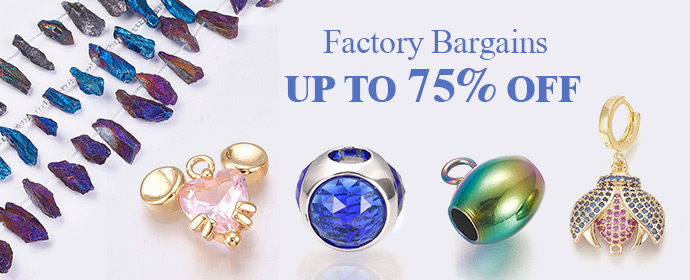Fashion around the world knows no limits or boundaries and is a language that is shared universally. It knows no boundaries and unites people across cultures, generations, and identities. Of the most exciting and revolutionary directions in fashion today is the increasing openness towards teenagers and gender fluidity in fashion. This is not occurring in a corner of the world but is a global phenomenon that’s changing our understanding of fashion, self-expression, and identity. As society has become more diverse, fashion is a more powerful tool for shattering against traditional norms and celebrating individuality, opening up the industry and diversifying it like never before.
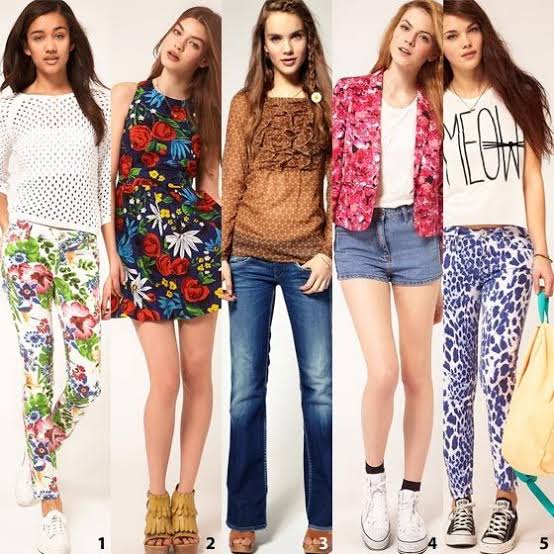
Photo credit: Pinterest
The Teen Spirit in Fashion: A Global Movement
Teenagers are and always have been the epicenter of fashion, rule-breakers and trend-setters. From the punk vibe of the ’70s to the streetwear dominating right now, youth have never been afraid to lead the fashion revolution. But these days, something new is on the cards: teenagers globally are embracing fashion as a way to express themselves, not just follow the crowd but lead it.
In countries like South Korea, the influence of K-pop has been enormous when it comes to teen fashion. Artists like BTS and BLACKPINK are not only global music sensations but major fashion influencers too. South Korean teenagers love to experiment with eye-catching colors, oversized silhouettes, and gender-neutral patterns. They draw inspiration heavily from the idea of fashion as a personality expression, walking away from the traditional gender rules.
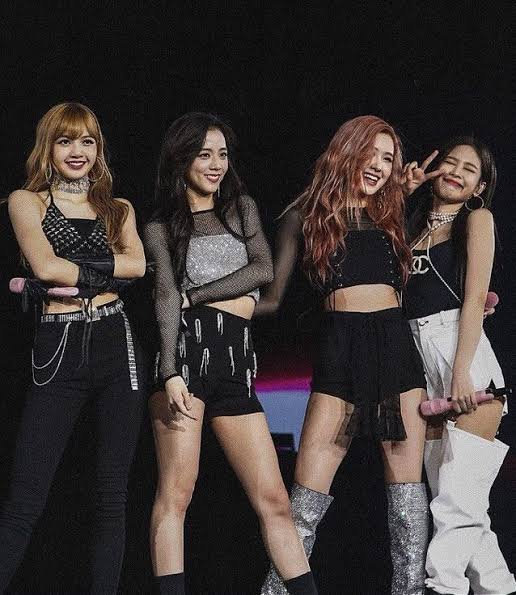
Photo credit: Twitter/X
Teen fashion in Japan has traditionally been characterized by offbeat subcultures such as Harajuku, where adolescents have created a culture of dressing as authentically as possible. They adopt an anything-goes philosophy, ranging from Gothic Lolita to punk rock to science fiction street wear. What binds them together is an emphasis on individuality and the potential for mixing elements of gendered and gender-free dress.
Even in historically conservative countries like India, teenagers are embracing a mix of international and indigenous styles that blur gender distinctions. Global fashion influences are strong, but the country’s rich cultural heritage of textiles is the perfect backdrop for adolescents to play around with gender-equal forms with an emphasis on bold, flowing colors and intricate embroidery.
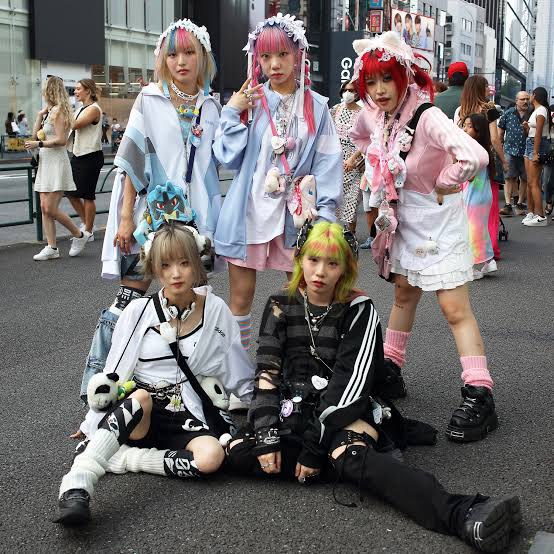
Photo credit: Vogue
Gender Fluidity in Fashion: Embracing Identity Beyond the Binary
Fashion Gender Fluidity has transitioned from the periphery of avant-garde clothing into the mainstream, with brands and designers recognizing and celebrating the desire for clothing that does not fit along traditional gender lines. This is reflected in the manner in which various places are testing limits on what constitutes “masculine” or “feminine.”
In Europe, London and Paris, the fashion capitals, have always been in the vanguard of advocating gender-neutral clothing lines. Top fashion houses like Balenciaga, Gucci, and Chloé are at the forefront of offering gender-neutral collections. These collections focus on fluidity with loose fabrics, loose-fitting garments, and deconstructed styles that can be shared by anyone irrespective of gender.

Photo credit: LinkedIn
The United States has also seen a rise in gender-neutral fashion, especially in urban centers such as New York and Los Angeles, where the fashion industry has been embracing inclusivity. Fashion designers like Telfar Clemens and retailers like Revolve are designing collections that promote a move away from the conventional male and female labels, providing androgynous, unisex designs that honor all types of gender expression.
The Brazilian fashion world has been invigorated by the emergence of androgynous styles that value fluidity and move away from the constraints of gendered clothing. Gloria Coelho and Isabela Capeto are among those leading the way with collections blending masculine and feminine elements, as in tailored jackets paired with flowy skirts or shirts paired with loose silhouettes, which provide a dynamic choice for adolescents and adults alike.

Photo credit: GCN
Fashion as Empowerment: The Role of Teenagers in Global Trends
Teenagers, as natured individuals that they are, with their will to express themselves, are usually the first to take up gender-fluid fashion. Now that social media sites such as TikTok, Instagram, and YouTube have become increasingly popular, the dissemination of these trends is quicker than ever before. Teenagers across the globe are shaping our perceptions of beauty, gender, and fashion through these websites.
For instance, TikTok influencers frequently display their everyday wardrobes, which frequently blend and combine conventionally gendered pieces in innovative ways. They may wear a flowing, feminine dress with sneakers or mix dressed-up, masculine blazers with skirts, pushing against traditional assumptions about what girls and boys are supposed to wear.
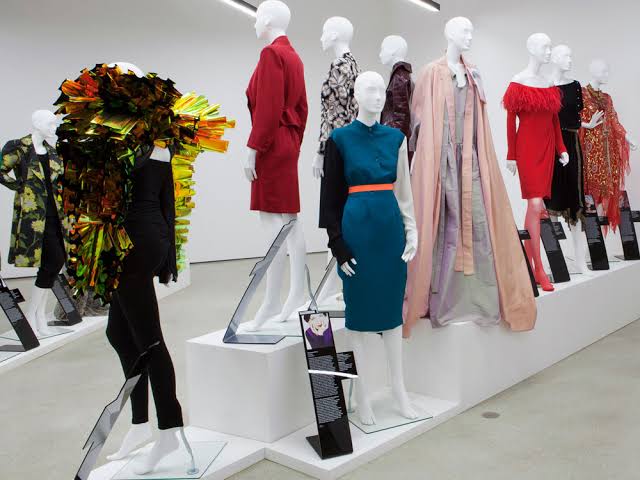
Photo credit: Marie Claire UK
Additionally, the necessity of sustainability in fashion has contributed to this transformation as well. Teens are now more conscious about how fast fashion affects the planet, and therefore they prefer second-hand stores, upcycled fashion, and companies that put ethical production practices first. It’s not merely about fashion but about building a fashion community that promotes inclusivity, uniqueness, and the planet.
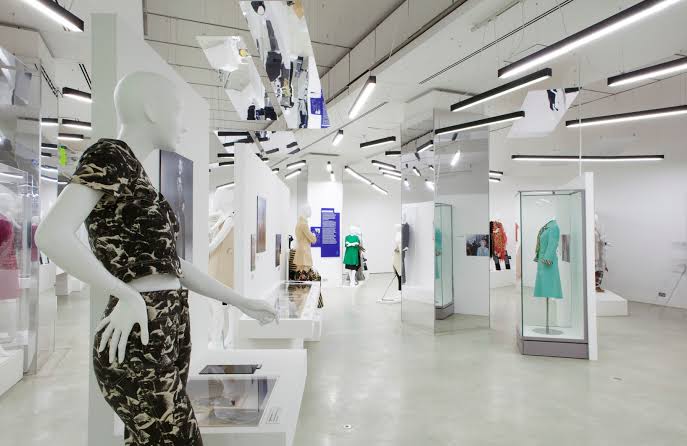
Photo credit: Archilovers
Regions Embracing Gender Fluidity: Key Trends
South Korea: The popularity of K-pop globally has paved the way for teens and adults alike to be seen wearing brash, non-conventional styles. Gender-bending fashion has become trendy and even liberating, shattering the gender dichotomy in South Korean culture.
Europe: The non-binary fashion trend is especially common in London, Paris, and Berlin. Catwalks during global fashion weeks are showing more collections in which gender differences fade away for more universally accepted designs.

Photo credit: Foxy Lab
North America: In the United States, there is a culture that focuses on freedom of expression, diversity, and inclusivity, and a surge in gender-neutral fashion and empowerment in adolescent culture. Teens are at the forefront of going against traditional and taking on fluidity in dressing as well as in identity.
Brazil: Famous for its colorful and diverse fashion, Brazil boasts an increasing number of designers who work with non-binary and gender-fluid clients. Fashion shows in Brazil are becoming more inclusive of all forms of gender expression, providing a more accepting environment for teenagers to discover themselves.
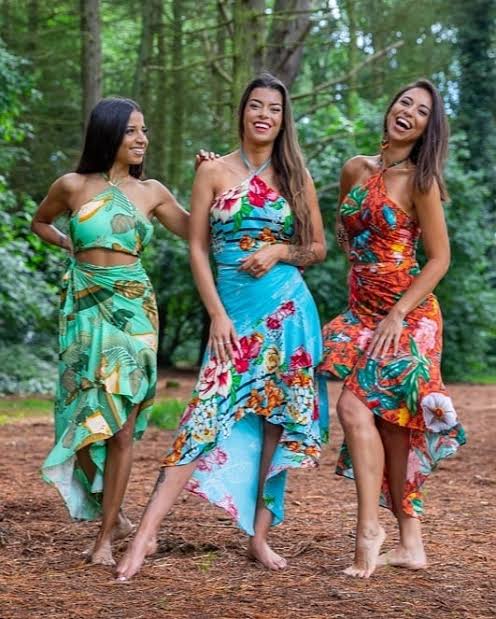
Photo credit: Facebook
Frequently Asked Questions (FAQs)
What is gender-fluid fashion?
Gender-fluid fashion is clothing that is not defined by traditional notions of gender. It is fashion that incorporates styles that anyone, irrespective of gender identity, can wear and which tends to combine elements usually identified as masculine or feminine.
Why are teens so powerful in fashion?
Teenagers are more likely to experiment and express themselves, and therefore they are fashion trendsetters. Their ability to defy norms, particularly through social media platforms such as TikTok and Instagram, has provided them with immense power to define the future of fashion.
How can I include gender-fluid fashion in my wardrobe?
Begin by experimenting with blending typically gendered pieces, such as combining a blazer designed for men with a skirt or using oversized shirts and pants. Pick pieces that create a comfortable vibe and allow your individual self to shine through.
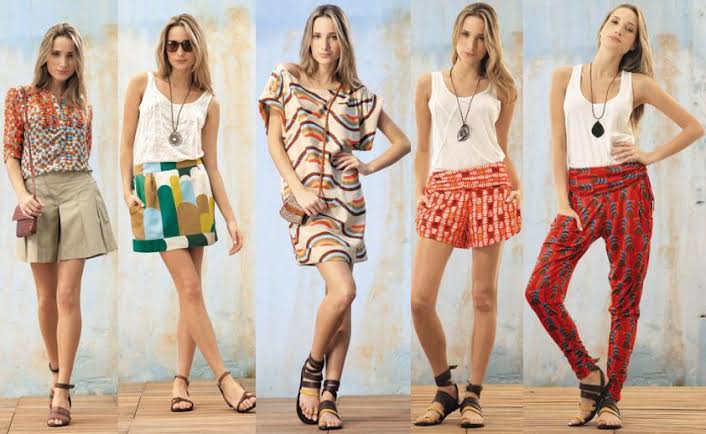
Photo credit: Natal
Is gender-fluid fashion exclusively for non-binary folks?
No, gender-fluid fashion is for anyone who wants to be themselves beyond conventional gender norms. It’s all about freedom and creativity in dressing, regardless of gender identity.
Which fashion brands are at the forefront of the gender-neutral trend?
Some of the top brands are Telfar, Riot Society Clothing, Gucci, and Balenciaga. These brands are producing collections that go beyond gender and promote inclusivity in fashion.
How is fashion contributing to dismantling gender stereotypes?
Fashion is dismantling gender stereotypes by providing clothing that defies conventional concepts of masculinity and femininity. This creates room for people to express themselves honestly and freely.
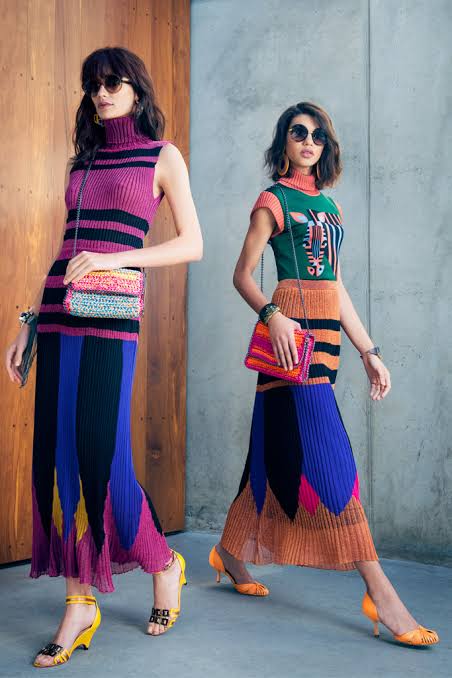
Photo credit: ingressive.org
The way that fashion has changed in its embracement of teenagers and gender fluidity is a strong indicator of our evolving world. With boundaries disappearing and individuality being the trend, the international fashion world is on the verge of a new era of inclusivity, innovation, and empowerment. Whether by way of K-pop trends in South Korea, eco-friendly trends in the United States, or experimental trends in Europe, fashion is a continuously changing platform where anyone, independent of gender and age, has the ability to script their own story.
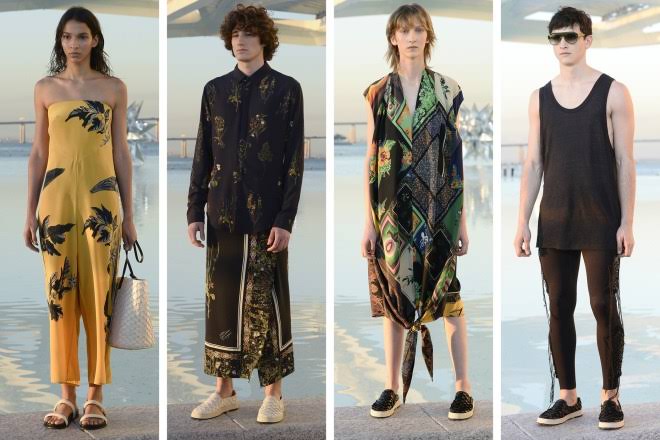
Photo credit: Drapers
Author: Raja Bahar Khan Soomro
You can also read the following suggested blog articles just by clicking over them
- 1. Diversity on the Runways: How Global Fashion Weeks Are Celebrating Inclusivity
- 2. Power of Perfumes: How Fragrance Influences Women’s Fashion Choices and Emotional Expression
- 3. Top 10 All-Time Most Beautiful Fashion Models in the World: A Journey Through Timeless Elegance
- 4. Top 10 Aloe Vera Skin Beauty Tips: A Natural Remedy for Anti-Aging, Skin Tightening, Elasticity and Firming
- 5. From the Streets to the Catwalk: How Global Youth Cultures are Shaping Fashion Trends
- 6. Global Trends to Watch: How Regional Styles are Influencing the International Runways


